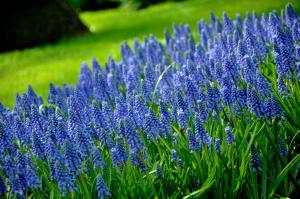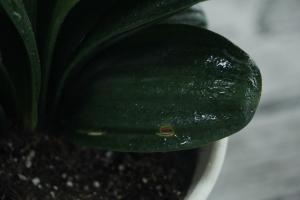Can I Mix Pelleted Plant Food into Water?
If you are a garden enthusiast or a grower, you must have come across plant food pellets that are marketed as an easy-to-use and effective solution for feeding plants. However, have you ever wondered if mixing these pellets with water can enhance the effectiveness of the plant food? In this article, we will explore if you can mix pelleted plant food into water and what the pros and cons are.
Understanding Pelleted Plant Food
Pelleted plant food is a solid form of fertilizer that is usually made of various nutrients, including nitrogen (N), phosphorus (P), and potassium (K). These pellets are designed to release the nutrients gradually into the soil or the plant over a period of time, usually months. Pelleted plant food is ideal for indoor plants, container plants, and gardens, and is often preferred over liquid fertilizer because it is less messy and easier to apply.
Can You Mix Pelleted Plant Food into Water?
Technically, you can mix pelleted plant food into water and use the solution to feed your plants. However, it is not the most efficient way to use the fertilizer. Mixing pelleted plant food into water can result in uneven distribution of the nutrients as some pellets may dissolve faster than others, resulting in an inconsistent nutrient supply to the plants. Additionally, mixing pelleted plant food into water can cause clogging in sprayer nozzles, making it difficult to apply the solutions uniformly to your plants.
The Pros and Cons of Mixing Pelleted Plant Food into Water
Although mixing pelleted plant food into water is not the most efficient way to use the fertilizer, there are pros and cons to this method. Here are a few:
Pros
Easy application: Mixing water with pelleted plant food makes the solution easy to apply to plants, especially those with hard-to-reach roots.
Quick absorption: The nutrients in the solution are easily absorbed by the plants, as they do not have to wait for the pellets to break down in the soil.
Dilution control: You can control the strength of the solution easily by adjusting the ratio of pellets to water.
Cons
Inconsistent nutrient supply: As mentioned earlier, mixing pelleted plant food into water can result in uneven distribution of the nutrients, causing some plants to get more or fewer nutrients than others.
Clogging: The pellets can clog the nozzle of sprayer and cause inconsistent application of the solution which can lead to over or underfeeding plants.
Quick breakdown: The pellets can dissolve quickly if there is excess water, causing the nutrients to flush out of the soil before the plants can absorb them.
Conclusion
While mixing pelleted plant food into water may seem like an easy and convenient way to apply fertilizer, it is not the most effective method. Pellets are designed to dissolve slowly over time to provide a consistent supply of nutrients to the plants. However, if you do want to use this method, make sure you mix the pellets in small batches, use a good sprayer, and avoid over-diluting the pellets. In general, it is best to follow the manufacturer's instructions on how to use pelleted plant food to ensure the best results for your plants.

 how many times do yo...
how many times do yo... how many planted tre...
how many planted tre... how many pine trees ...
how many pine trees ... how many pecan trees...
how many pecan trees... how many plants comp...
how many plants comp... how many plants can ...
how many plants can ... how many plants and ...
how many plants and ... how many pepper plan...
how many pepper plan...






























